
Dace
What kind of animal is Dace?
A dace is a type of small fish that belongs to the carp family, Cyprinidae.
There are many different species of daces, but the most common and well-known one is the common dace (Leuciscus leuciscus).
The common dace is found in freshwater habitats throughout much of Europe, especially in streams, rivers, and creeks with deep waters and gravel or rock bottoms.
The common dace has a silvery body with a darker back and a long, slender shape.
It can grow up to 30 cm (12 inches) long and weigh up to 0.7 kg (1.5 pounds).
It feeds on worms, snails, insects, small crustaceans, algae, and plants.
The common dace lives in schools and is a shy and elusive fish that is difficult to catch.
It is not highly valued as food, but it is popular as bait for larger fish.
The common dace is an interesting and unique fish that has adapted well to its environment.
It is not endangered or threatened, but it may face some threats from pollution, habitat loss, and invasive species.
Example of the color palette for the image of Dace

See these colors in NCS, PANTONE, RAL palettes...
What is the animal Dace known for?
There are many different species of Dace, each with its own characteristics and distribution.
Some of the most common and well-known species are:
The common Dace (Leuciscus leuciscus), which is found in freshwater habitats throughout much of Europe.
It is a silvery fish that can grow up to a foot long and weigh up to two pounds.
This species of fish feeds on worms, snails, insects, and small crustaceans, as well as algae and plants.
It is often used as bait fish by anglers, especially for catching Northern pike.The redbelly Dace(Phoxinus), which includes two species: the southern redbelly Dace (Phoxinus erythrogaster) and the northern redbelly Dace (Phoxinus eos).
These fish are native to North America and live in clear creeks and bogs.
Phoxinus are small fish, about 2-3 inches long, and have two black stripes along their sides.
The males develop a rosy to bright-red coloration during the breeding season.The black-nosed Dace (Rhinichthys atratulus), which is also native to North America and inhabits streams and rivers in the eastern and central United States.
It has a fine-scaled, black-banded body and a long snout.
Rhinichthys atratulus is about 3 inches long and feeds on aquatic insects and larvae.
It is an important prey for larger fish, such as trout and bass.The Moapa Dace (Moapa coriacea), which is a rare and endangered species that lives only in the Muddy River system in Nevada.
It is a small fish, about 2 inches long, and has a dark brown body with a yellowish belly.
Moapa coriacea prefers warm springs and pools with a temperature of about 90°F.
This species of fish feeds on algae, insects, and snails.
It faces threats from habitat loss, invasive species, and water pollution.
They are also known for being prolific breeders and having strong populations.
This fish species play an important role in the aquatic food chain, both as predators and prey.
Example of the color palette for the image of Dace

See these colors in NCS, PANTONE, RAL palettes...
Where does the Dace live?
It prefers cool, clear water with gravel or sand bottoms, and abundant aquatic vegetation.
It is a schooling fish that feeds on insects, worms, crustaceans, and plant matter.
It has a slender, silvery body with a dark green or brown back and a white belly.
It has a small mouth, a forked tail, and a single dorsal fin.
It is also a popular sport fish for anglers, who use various methods to catch it, such as fly fishing, spinning, or bait fishing.
However, it faces some threats from habitat loss, pollution, overfishing, and invasive species.
The common Dace is one of the many fish that share the name Dace, but it is the most representative and familiar one.
It is a remarkable fish that has adapted to various freshwater habitats, and has a significant ecological and economic role.
It is a fish that deserves respect and appreciation from humans.
Example of the color palette for the image of Dace

See these colors in NCS, PANTONE, RAL palettes...
What does the Dace look like?
A dace is a very small fish that can be one of many different species.
The common dace has a slender, silvery body with a greenish or brownish back and a forked tail.
It can grow up to 40 cm in length, but is usually much smaller.
These fish feeds on insects, worms, crustaceans, and plant matter.
Dace is often found in rivers, streams, and lakes with moderate to fast currents.
There are many other fish that are also called daces, belonging to different genera and families.
Example of the color palette for the image of Dace

See these colors in NCS, PANTONE, RAL palettes...







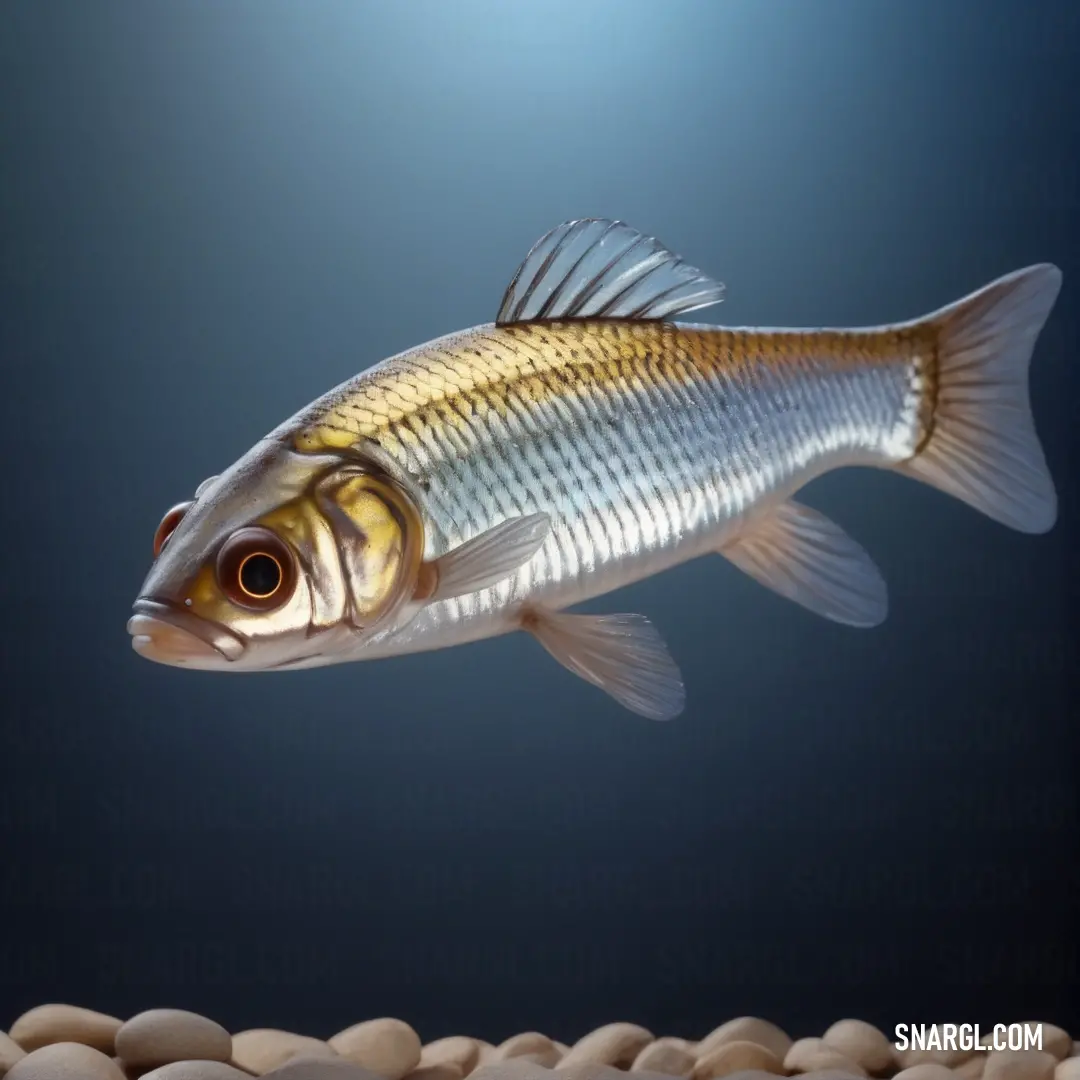
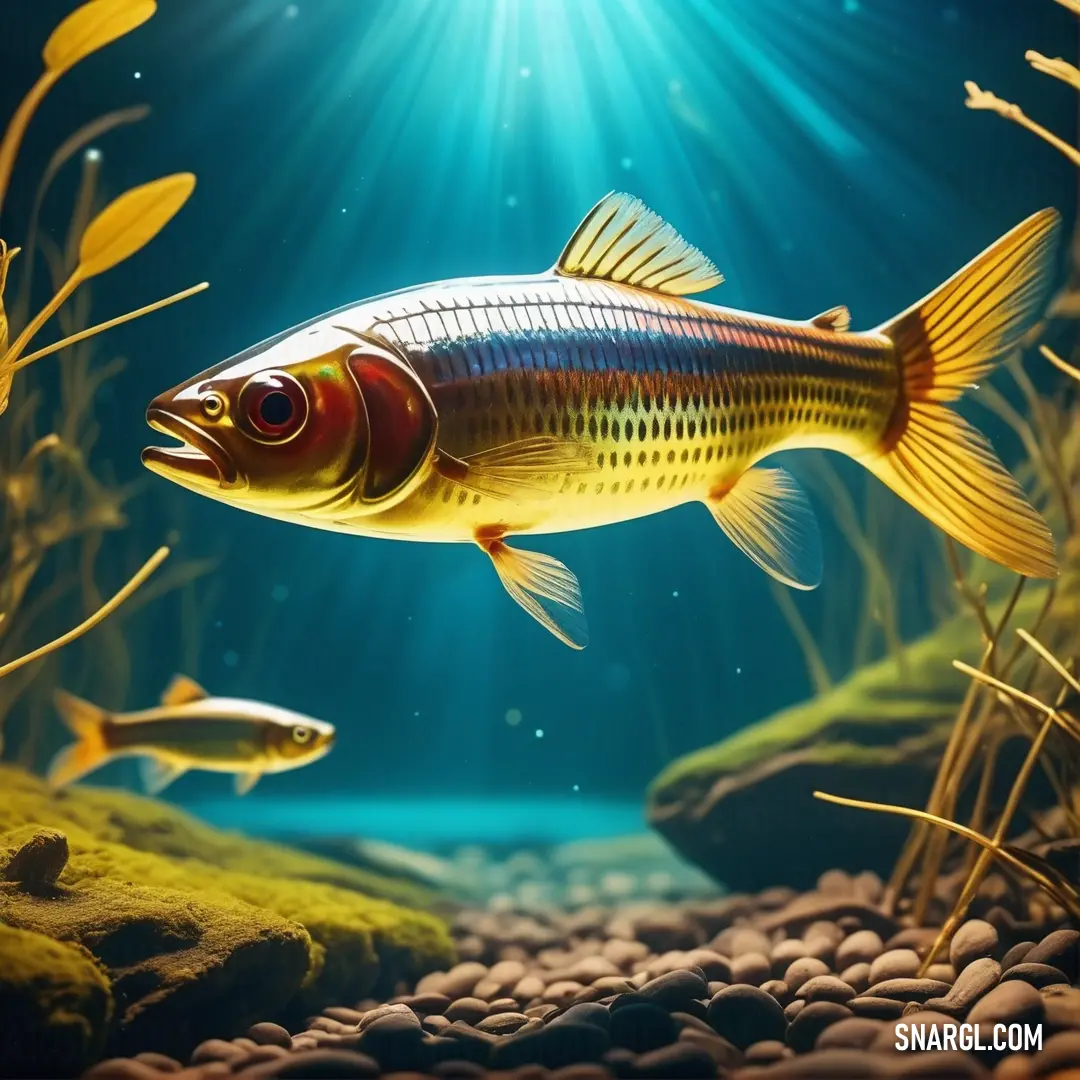
 Skobeloff
Skobeloff Drab
Drab Meat brown
Meat brown Cadet blue
Cadet blue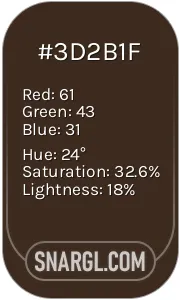 Bistre
Bistre




 Dark slate gray
Dark slate gray Turquoise green
Turquoise green Brass
Brass Smoky black
Smoky black


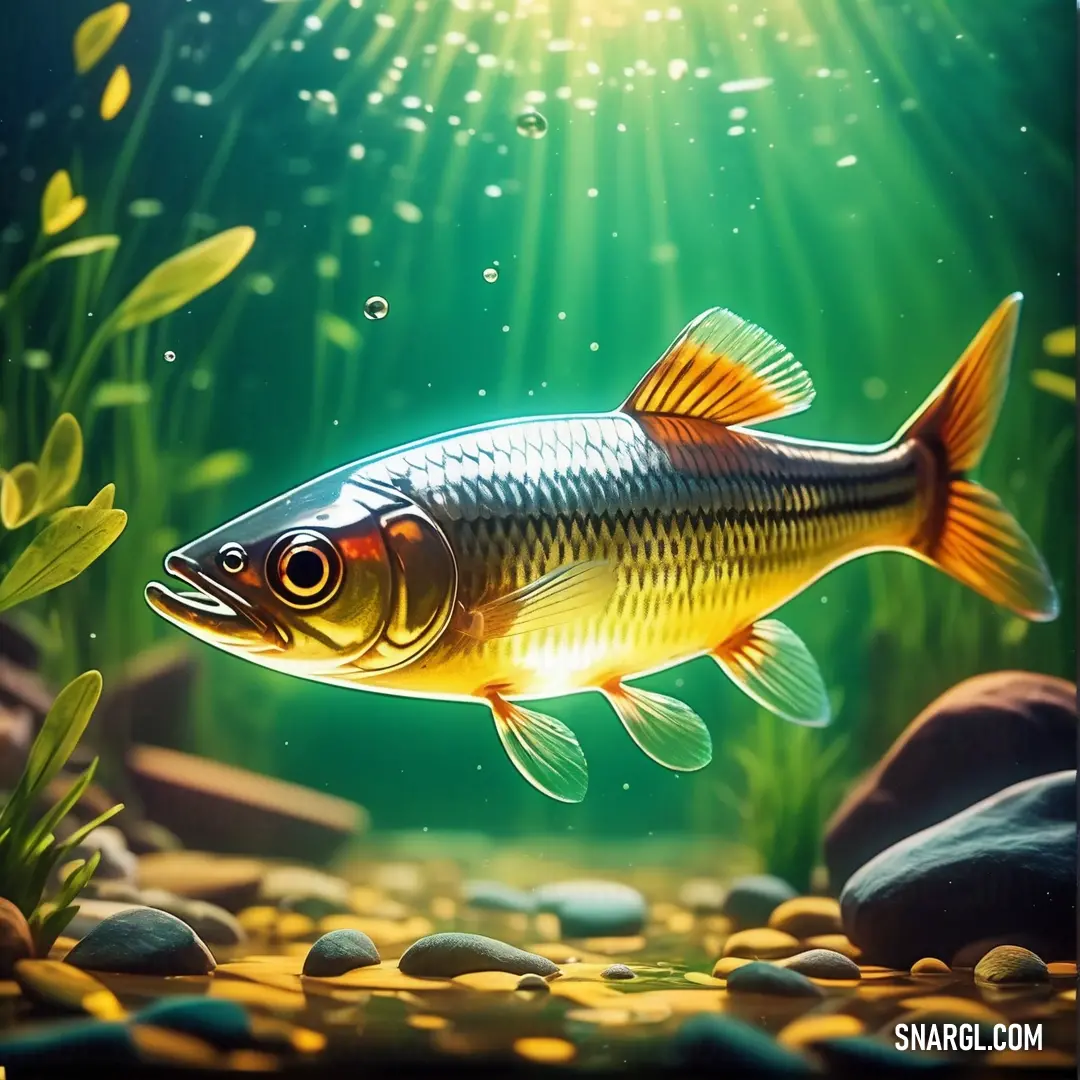
 Umber
Umber Phthalo green
Phthalo green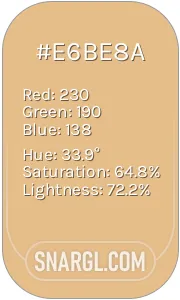 Pale gold
Pale gold Battleship Grey
Battleship Grey Blue Gray
Blue Gray


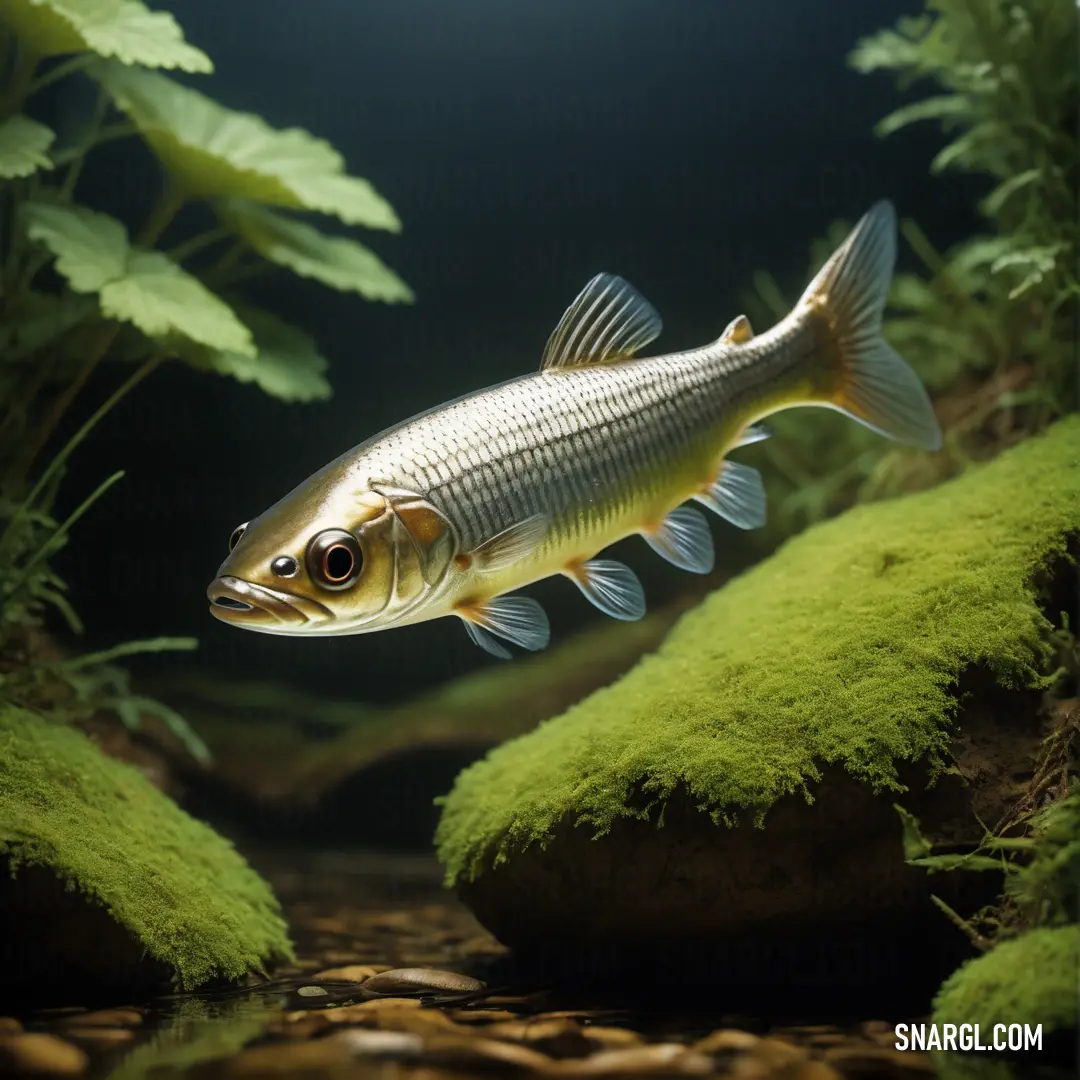


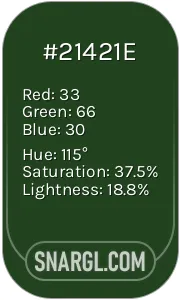 Myrtle
Myrtle Bone
Bone Feldgrau
Feldgrau Olive Green
Olive Green
